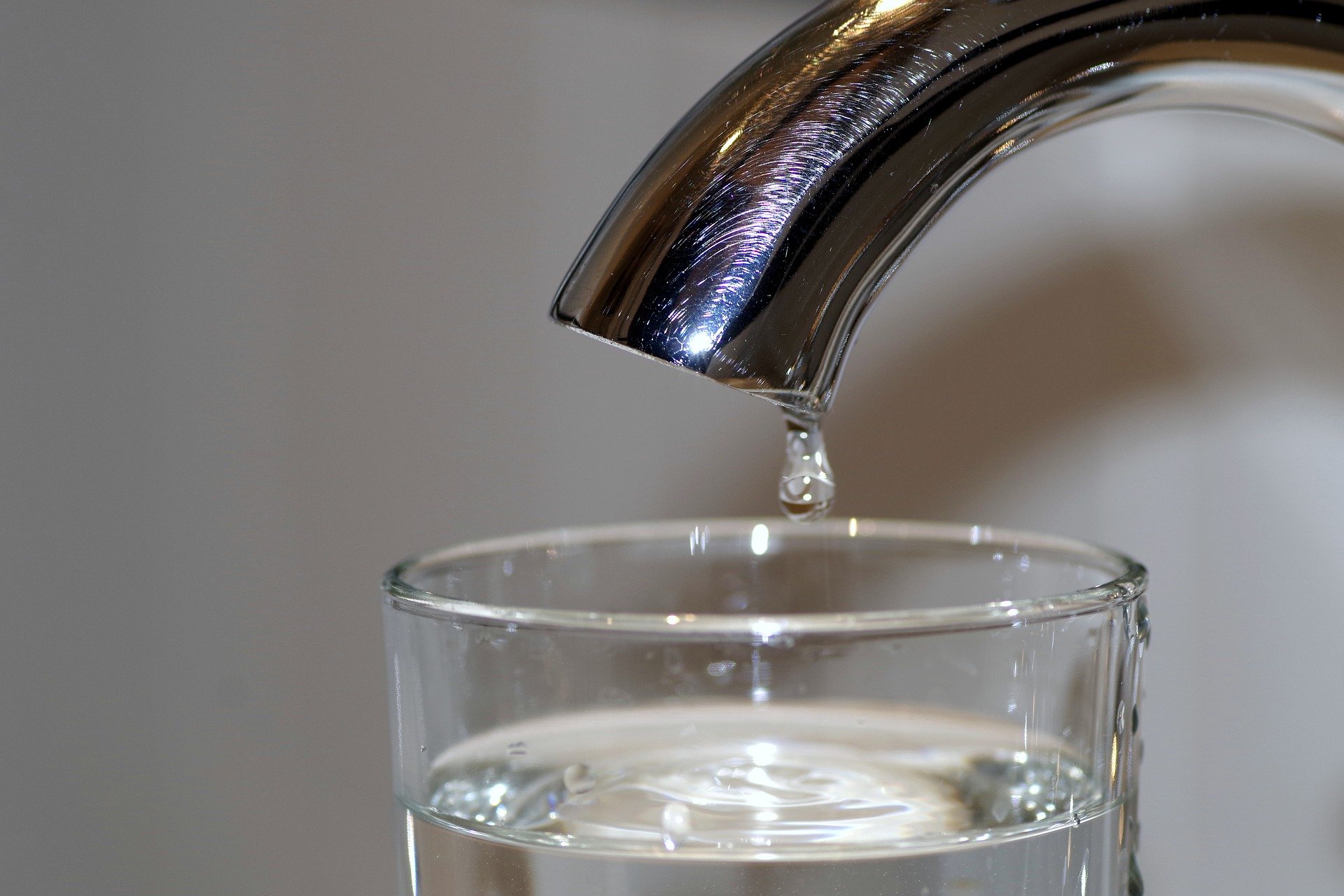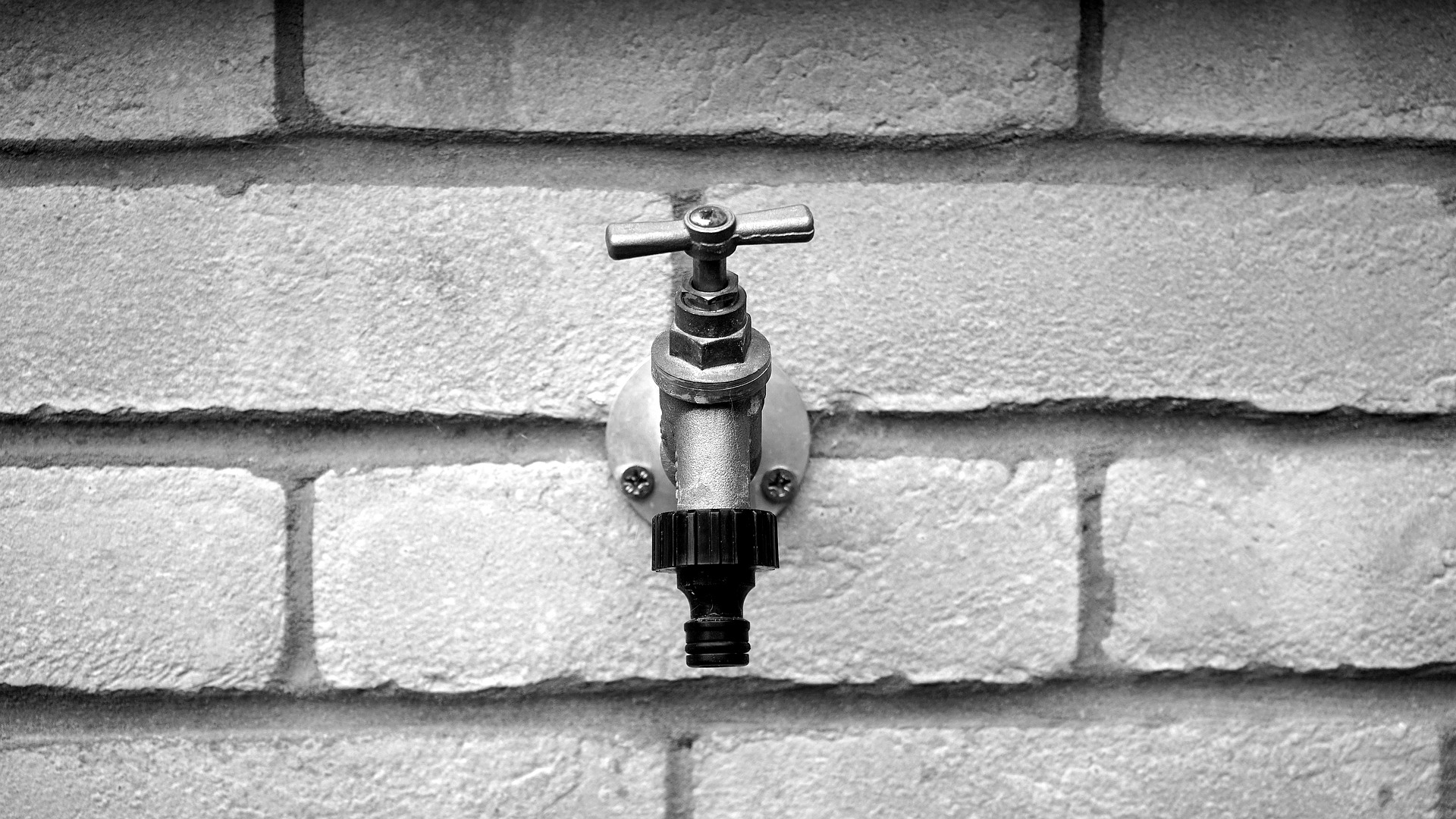Faucet leaks might look small, but they can snowball into mountainous issues. It’s even worse if you have several leaking faucets all over the house.
Of all the faucets in your home, the outdoor faucet is the most neglected. Therefore, it’s the one that will most likely cause you a lot of problems.
In this article, we’ll tell you everything there is about faucet leaks, why they happen, and how you can fix and prevent outdoor faucet leaks from happening ever again. If you have difficulty following these steps, don’t hesitate to contact Plumb-Tech in Missoula.
How to diagnose faucet leaks

Not all faucet leaks are easy to spot. Your faucet might look fine from the outside, but it might be leaking in “unseen” places.
Below are some of the faucet leaks you should look out for.
Spout leaks
Spout leaks are the easiest to spot. Here, your faucet continues leaking long after being shut off.
The first symptom you’ll notice is that you’ll require more effort when closing your tap. Or, you’ll have to shut the tap in a certain way to stop the leaking. People apply these efforts thinking they’ll stop the leaking only to find the situation worsening over time.
Spout leaks might end up costing you a lot in terms of water bills. Also, the drips might end up disfiguring the area around the faucet.
To check for outdoor spout leaks, take an empty container and place it directly under the faucet. Leave it there for a day and come back in the evening.
Does it contain some water? If yes, then you have a spout leak in your hands.
Can you repair spout leaks? Not really. You’re better off replacing the entire faucet. Why? Because in such a case, it’s more of a mechanical problem.
Base leaks
As the name suggests, these leaks happen at the base of the faucet. By base, we’re referring to the point your faucet joins to the supply pipe.
Base leaks are the hardest to spot because a lot of splashing happens outside. Therefore, most people assume that the wetness around the base area is due to the splashing.
To check for base leaks, turn off your outdoor faucet and dry the base area using a towel.
Next, turn on the faucet and keenly look at the base of the faucet.
Is water slowly seeping out of the base? Yes? Then you want to check on the faucet’s o-ring.
A faulty internal O-ring is usually the component responsible for base leaks. It might have gotten old, dried up, or broken.
If replacing the O-ring doesn’t fix the problem, you might also want to check on the inner valve cartridge.
The 4 common causes for outdoor faucet leaks

Now that you know how to diagnose faucet leaks, we’ll be going through some of the common causes of outdoor faucet leaks and how you can fix them.
A faulty O-ring
Do you have a leaky cartridge faucet? Then the O-ring is likely to be responsible for the leaking.
What is the cartridge? It’s a valve that allows or stops water from flowing into the faucet’s spout.
Inside the cartridge, we have the O-ring. The O-ring is a simple disk-like device supporting the faucet’s handle.
As mentioned earlier, a worn-out or faulty O-ring is the culprit responsible for spout leaks. Replacement is usually the only option.
A worn-out washer
Yet another component that also responsible for spout leaks.
The washer we’re referring to is fitted against the valve seat. As you continue using your tap, friction develops between the washer and valve seat. As a result, the washer gradually wears out.
Sometimes the washer wears out faster than usual if its installation was poorly done.
In other circumstances, the washer might be the wrong size for the faucet (Too big or too small).
High water pressure
Sometimes your outdoor faucet will leak because the water pressure is too much for it to handle. In such a case, you’ll have to call in a plumber to diagnose the problem.
Usually, high pressure is a sign of underlying problems.
If you’re not careful, the high water pressure might permanently damage your faucet.
Loose components
Sometimes, none of the faucet’s components are damaged or worn out. Instead, they might have become loose with use.
Specifically, you want to narrow in on the packing nuts and adjusting rings.
Those two are the main components that are prone to loosening. Tightening them might be enough to stop the leak.
Is your outdoor faucet leaking when turned on? Here is how you can fix it
Note: The steps we’ve listed below are best suited for frost-proof outdoor faucets.
Step 1
Start by first turning off your household’s main water supply.
Below are the tools you’ll need for this operation.
- Slip-joint pliers.
- An adjustable wrench.
- A 4-in-1 screwdriver.
- You’ll also need to have some faucet spare parts like vacuum breaker parts and the washer assembly.
Step 2
Look for a nut under your faucet’s handle. That nut is called the retaining nut.
Sometimes, the leak can easily be solved by tightening the retaining nut.
Is your faucet still leaking? Turn off your household’s water supply (step 1), and continue to the next step.
Step 3
Remove the retaining nut to access the inside of your outdoor faucet.
Next, remove the faucet stem.
Step 4
Carefully disassemble the faucet stem. You can take pictures, so you don’t get stuck when assembling.
Start by replacing the washer system.
Note: The washer assembly is on the faucet stem.
Are you done? Head to the next step.
Step 5
Now, we want to check on and fix the vacuum breaker.
Open the vacuum breaker cap to access the vacuum breaker components.
To open the cap, use two screwdrivers to pry and lift it off.
Next, replace the vacuum breaker parts. You can get them from your plumbing stores.
Step 6
Once you’re done, carefully assemble your outdoor faucet and turn on the water supply.
Is it still leaking? Yes? Then the faucet is broken. To stop the leaking, you’ll have to replace the entire unit with a new one.





